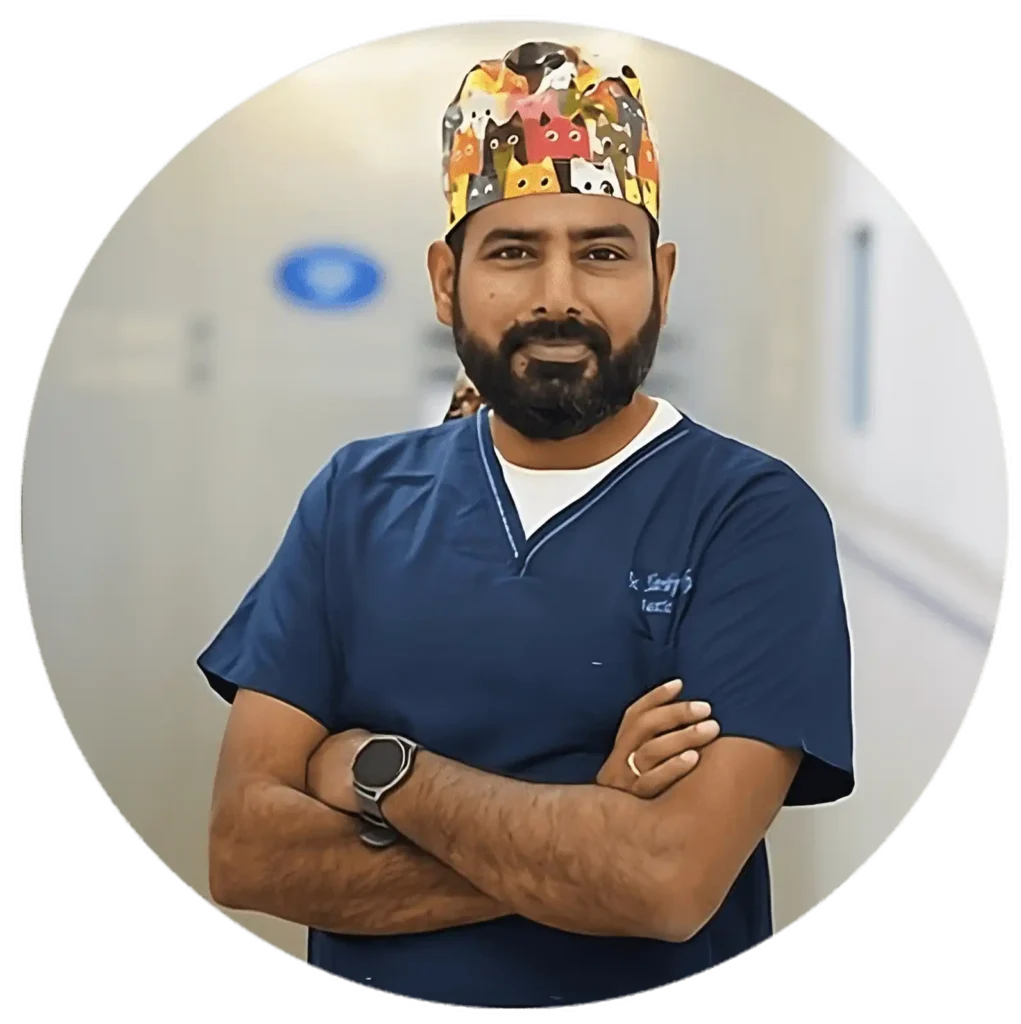Hair loss affects millions worldwide, with the International Society of Hair Restoration Surgery estimating that over 700,000 hair restoration procedures are performed globally each year. In India alone, recent surveys suggest nearly 58% of men and 42% of women will experience some degree of noticeable hair thinning by the age of 50. The emotional toll is often as profound as the physical change, impacting self-esteem, confidence, and even social interactions.
Fortunately, advancements in surgical techniques have made hair restoration a reliable and life-changing option. However, achieving a natural, dense, and lasting result is not solely dependent on the skill of the surgeon—it also hinges on how carefully patients follow aftercare guidelines.

Dr. Harikiran Chekuri, Founder of Redefine Hair Transplant Clinic and a distinguished hair transplant surgeon in Hyderabad, shares:
“A successful hair transplant is a partnership between the surgeon and the patient. The surgical expertise lays the foundation, but your adherence to aftercare instructions determines how well the grafts survive, grow, and blend seamlessly with your existing hair. It’s the combination of science, precision, and disciplined aftercare that ensures results you’ll cherish for years.”
And that brings us to an important realization…
The surgery may end in a day, but the real success story unfolds in the weeks and months after. So, what makes aftercare so vital? Let’s uncover that next.
Why Following Post-Transplant Guidelines Matters
Every graft implanted during your hair transplant is like a delicate seed. In the initial weeks, these follicles are at their most vulnerable. A single careless action—such as scratching your scalp or ignoring hygiene—can compromise growth.
Here’s why strict adherence to guidelines is crucial:
Protection of grafts: The newly placed follicles need time to anchor themselves and develop a blood supply.
Faster healing: Proper care minimizes swelling, redness, and infection risk.
Maximized survival rate: Each hair counts, and your actions help ensure they all thrive.
Natural appearance: Following directions helps hair grow evenly and blend with surrounding strands.
Dr. Harikiran Chekuri, a renowned cosmetic surgeon in Hyderabad, explains:
“Many patients underestimate the importance of aftercare, assuming the surgical work is the most important part. But think of it like planting a garden—if you don’t water, protect, and nourish the plants, they simply won’t flourish. Post-surgery care is your way of nurturing each graft into strong, permanent hair.”
Alright, so we know why it matters. But what exactly should you be doing? Let’s break it down into simple, actionable steps.
The Essential Dos After a Hair Transplant

Recovering from a hair transplant is not complicated, but it does require mindful actions. Here’s what you should do to help your results thrive:
Follow the prescribed medication schedule
Pain relief, antibiotics, and anti-inflammatory medicines are given for a reason—don’t skip them. They help you stay comfortable and protect against infections.
Keep your head elevated while sleeping
Use extra pillows for the first 5–7 nights to minimize swelling. Gravity helps prevent fluid buildup around the surgical area.
Wash gently as instructed
Usually, a mild shampoo and cup-pouring technique are advised after a few days. This keeps the scalp clean without dislodging grafts.
Stay hydrated and eat a balanced diet
Nutrients like protein, zinc, and biotin support faster healing and hair growth.
Protect your scalp from sunlight and pollution
Wear a loose-fitting cap if you need to step outside, especially during the first month.
Attend follow-up appointments
Your surgeon will check graft survival and healing progress. Skipping these may mean missing early signs of problems.
Dr. Harikiran Chekuri, a highly respected aesthetic surgeon in Hyderabad, advises:
“After a hair transplant, your scalp is like a freshly constructed home. You wouldn’t invite dust, rain, or damage into it before it’s ready. Treat the transplanted area with the same care—shield it, nourish it, and follow professional guidance diligently.”
You’ve seen the must-do list—now, let’s look at the habits that could put all your hard work at risk.
The Critical Don’ts After a Hair Transplant
Avoiding certain actions is just as important as following the right ones. Here are the common pitfalls to steer clear of:
Do not scratch or rub your scalp
Itching is common during healing, but scratching can loosen grafts and cause infections.
Avoid strenuous exercise and heavy lifting
Sweating and increased blood pressure can dislodge grafts and slow recovery for the first two weeks.
Skip alcohol and smoking
These reduce blood flow and oxygen delivery to the follicles, harming graft survival.
Don’t expose your scalp to direct heat or water pressure
Hot showers, hairdryers, and strong water streams can disturb healing.
Avoid wearing tight hats or helmets early on
Anything that presses on the scalp can harm newly implanted follicles.
So, you’ve managed the critical early phase. But how do you make sure your results last for years to come? That’s where long-term care comes in.
Long-Term Habits for Lasting Hair Transplant Results

A hair transplant won’t just change your appearance—it can boost your confidence for decades if maintained properly. Here’s how to keep your new hair looking great:
Stick to a healthy scalp care routine: Use mild, sulfate-free shampoos and avoid harsh chemicals.
Continue nutritional support: Supplements like biotin, omega-3s, and vitamins help maintain hair strength.
Protect from UV damage: Sunlight can weaken hair; wear hats or use SPF sprays.
Address ongoing hair loss: Non-transplanted hair can still thin. Consider medical treatments like minoxidil or PRP therapy if recommended.
Manage stress: Chronic stress can trigger shedding; meditation, exercise, and hobbies help.
Before we wrap up, let’s bring together the most important insights.
Conclusion
The Dos and Don’ts for Hair Transplant Success go beyond a simple checklist—they are the bridge between a good surgery and a great, lasting transformation. By committing to the right habits, avoiding risky behaviors, and keeping in touch with your surgeon, you safeguard your investment and your confidence.


